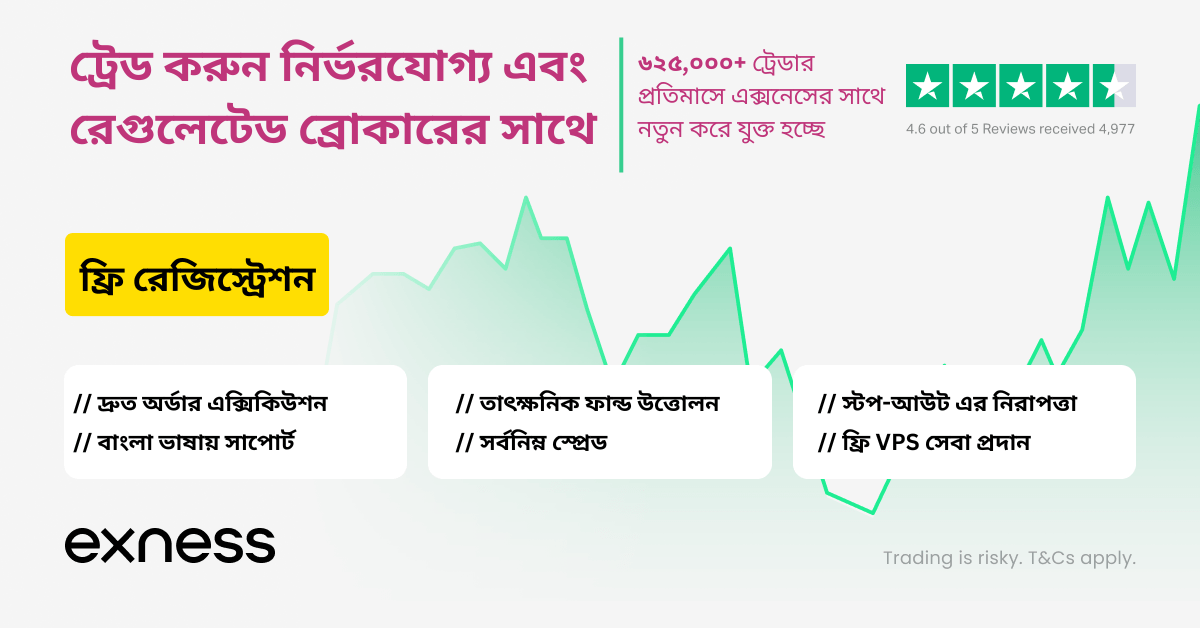Gold prices retreated from five-month highs on Friday as the stronger dollar weighed on the precious metal.
Gold for June delivery settled up 0.21% at $1,255.95 on the Comex division of the New York Mercantile Exchange, having touched highs of $1,272.85 earlier.
Prices surged early Friday after the U.S. launched cruise missile strikes on a Syrian air base in the aftermath of suspected chemical-weapons attacks.
But the precious metal gave back gains as the dollar rose despite disappointing U.S. employment data as investors remained focused on the Federal Reserve’s plans to tighten monetary policy.
The Labor Department reported on Friday that the U.S. economy added just 98,000 jobs last month, the fewest since last May and well below the forecast for jobs growth of 180,000.
Lower temperatures and winter storms accounted for the slowdown in hiring.
The unemployment rate ticked down to a 10-year low of 4.5%, pointing to underlying strength in the labor market.
The dollar initially sold off following the release of the weaker-than-anticipated employment data before regaining ground.
The U.S. dollar index, which measures the greenback’s strength against a trade-weighted basket of six major currencies, was up 0.47% to 101.08, the most since March 15 late Friday.
The dollar was boosted after New York Fed President William Dudley said on Friday that plans to trim the Fed’s balance sheet later this year would prompt only a “little pause” in its rate hike plans.
A strong U.S. dollar usually weighs on gold, as it dampens the metal’s appeal as an alternative asset and makes dollar-priced commodities more expensive for holders of other currencies.
Elsewhere in precious metals trading, silver was down 1.39% at $17.99 a troy ounce late Friday.
Platinum was down 0.17% at $956.8 a troy ounce, while palladium slid 0.22% to $802.3 a troy ounce. Copper fell 0.45% to $2.64 a pound
In the week ahead, investors will be eyeing Monday’s speech by Fed Chair Janet Yellen for fresh cues on the timing of the next U.S. rate hike and plans to trim the bank’s balance sheet.
Traders will also be looking ahead to Friday’s U.S. data on retail sales and inflation ahead of the long Easter weekend.
Ahead of the coming week, Investing.com has compiled a list of these and other significant events likely to affect the markets.
Monday, April 10
Fed Chair Janet Yellen is to speak at the University of Michigan.
Tuesday, April 11
Australia is to release private sector data on business confidence.
The U.K. is to release what will be a closely watched report on consumer price inflation.
The ZEW Institute is to report on German economic sentiment.
Wednesday, April 12
China is to release figures on consumer and producer price inflation.
The UK is to release its monthly employment report.
The Bank of Canada is to announce its benchmark interest rate and publish a policy statement outlining economic conditions and the factors affecting the policy decision. The announcement is to be followed by a press conference.
Thursday, April 13
Australia is to produce its monthly employment report.
China is to publish trade figures.
Canada is to report on manufacturing sales and new house price inflation.
The U.S. is to release reports on producer price inflation, jobless claims and consumer sentiment.
Friday, April 14
Financial markets in Australia, New Zealand, Europe and Canada will be closed for the Good Friday holiday.
The U.S. is to round up the week with data on consumer price inflation and retail sales.

























































